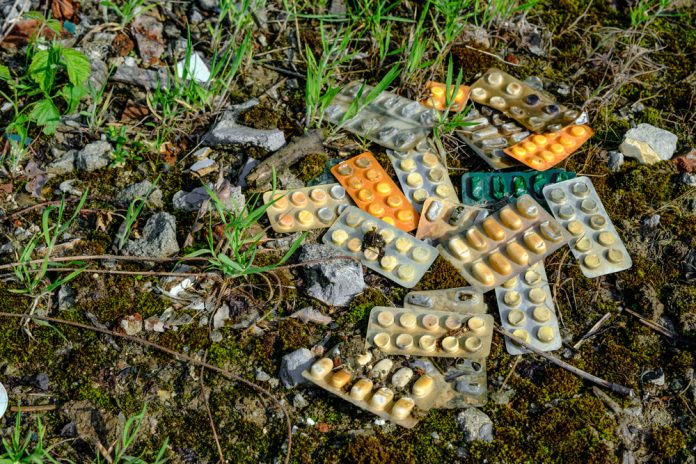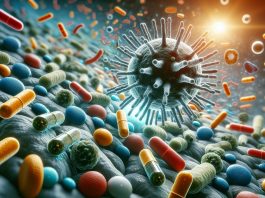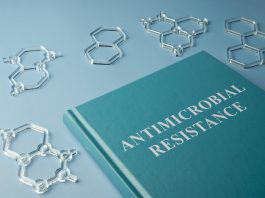Recent research has revealed alarming levels of antibiotic pollution, primarily from pharmaceutical factories and particularly in India.
The issue has gained renewed focus with the adoption of a UN declaration addressing the role of environmental pollution in driving antibiotic resistance.
Unprecedented antibiotic pollution uncovered
In 2007, a groundbreaking study from the University of Gothenburg, Sweden, exposed significant antibiotic pollution from drug manufacturing plants in India.
The concentration of antibiotics in wastewater from these facilities was shockingly high, with levels in some areas surpassing those found in the blood of patients receiving antibiotic treatments.
Joakim Larsson, a professor in environmental pharmacology, highlighted that these concentrations were up to a million times higher than typical municipal wastewater levels.
Such elevated levels create a breeding ground for antibiotic-resistant bacteria, presenting a global public health risk.
As Larsson noted: “Resistant bacteria thrive and develop in these environments in an exceptional way,” which renders antibiotics ineffective and accelerates the spread of antimicrobial resistance.
UN Declaration pushes for action on industrial discharges
In connection with the ongoing United Nations General Assembly in New York, a significant declaration was approved, underscoring the need for urgent measures to curb antibiotic pollution.
Two key clauses, 76 and 91, specifically address the problem of industrial discharges from pharmaceutical companies, thanks in large part to Larsson’s research.
The UN declaration serves as a critical step in the global fight against antibiotic resistance, emphasising the environmental aspect of the problem.
The dangers of antimicrobial resistance
Antibiotic pollution doesn’t just harm ecosystems—it contributes to a much larger and more dangerous global crisis: antimicrobial resistance.
When bacteria are frequently exposed to high levels of antibiotics, they can mutate and become resistant.
This resistance means infections that were once easily treatable with antibiotics become life-threatening. The World Health Organization (WHO) has identified antimicrobial resistance as one of the top 10 global public health threats.
Unchecked antibiotic pollution accelerates this process by creating hotspots where resistant bacteria can flourish.
These bacteria can then spread to humans and animals, leading to infections that are harder, and sometimes impossible, to treat.
As antibiotics lose their effectiveness, routine medical procedures, such as surgeries or chemotherapy, become riskier due to the increased chance of untreatable infections.
Lack of regulation and the path forward
Despite the clear risks, regulation of antibiotic discharges remains inconsistent worldwide. Surprisingly, many countries, including those in Europe, have no specific regulations to control these emissions.
India proposed a law in 2020, based on research by Larsson and his colleagues, to limit discharges from pharmaceutical plants, but lobbying efforts from the industry stalled its progress.
However, the new UN declaration and the release of a global WHO standard in September 2024, which provides a framework for managing antibiotic pollution, offer hope for change.
The combination of international standards and pressure from investors could compel pharmaceutical companies to adopt cleaner, more sustainable practices.
Antibiotic pollution is an urgent issue with dire consequences for public health. While the UN declaration and WHO guidelines mark a positive step forward, much more remains to be done to curb industrial antibiotic pollution and prevent the rise of antimicrobial resistance.









